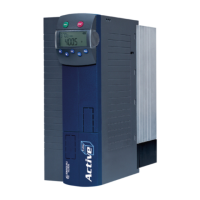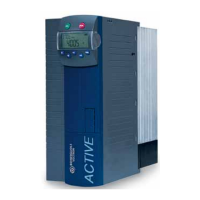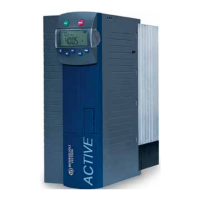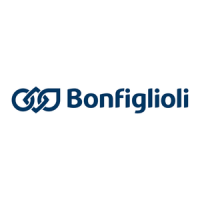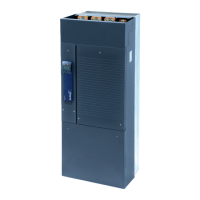Parameter descriptions
• Change the parameters Amplification 741 and Integral Time 742 according to the applica-
tion requirements.
• Change the
Flux Reference Value 717 back to 100 % und repeat the flux reference step
while you can analyze the changes with the oscillograph. Repeat these steps if necessary.
If a quick transition into field weakening is necessary for the application, the integral time should be
reduced. Increase the
Amplification 741 in order to achieve a good dynamism of the controller.
An increased overshoot is necessary for a good control behavior in controlling of a load with low-pass
behavior, e.g. an asynchronous motor.
7.9.5.5.1 Limitation of field controller
743 Ref. Isd Upper Limit
744 Ref. Isd Lower Limit
The output signal of the field controller, the integrating and proportional components are limited via
parameters
Ref. Isd Upper Limit 743 and Ref. Isd Lower Limit 744. The guided commissioning (set-
up) in
Configuration 30 = 410 set parameter Ref. Isd Upper Limit 743 according to parameter Rated
Current
371.
In setting
Configuration 30 = "610 -PMSM: sensor-less field-orientated control (DMC)" (synchronous
motor), parameters
Ref. Isd Upper Limit 743 and Ref Isd Lower Limit 744 are set to 10% of the
value of
Rated Current 371 during guided commissioning (setup).
No. Description Min. Max. Fact. sett.
I
FIN
: Nominal value of frequency inverter
o
c
: Overload capacity of frequency inverter.
The limits of the field controller define not only the maximum current occurring, but also the dynamic
properties of the controller. The upper and lower limits restrict the modification speed of the motor
flux and the torque resulting from it. In particular the speed area above the nominal frequency should
be observed for the modification of the flux-forming component. The upper limit is to be estimated
from the product of the set magnetizing current and the correction factor
Flux Reference Value 717,
although the limit must not exceed the overload current of the drive.
7.9.5.6 Modulation controller
750 Reference Modulation
752 Integral Time
753 Operation Mode (modulation controller)
The modulation controller, which is designed as an I regulator, automatically adapts the output value
of the frequency inverter to the machine behavior in the basic speed area and in the field weakening
area. If the modulation exceeds the figure set with parameter
Reference Modulation 750, the field-
forming current component and thus the flux in the machine are reduced.
In order to make the best possible use of the voltage available, the figure selected via parameter
Op-
eration Mode
753 is put into proportion to the DC link voltage. That means that with a high mains
voltage there is also a high output voltage available, the drive only reaches the field weakening area
later and produces a higher torque.
0 -
Usq control
The modulation is calculated from the ratio of torque-forming voltage
component U
sq
to the DC link voltage.
1 -
U abs. value control
The modulation is calculated from the abs. voltage value / DC link volt-
age ratio. Factory setting.
The integrating part of the modulation controller is to be set via parameter
Integral Time 752.
238
Operating Instructions
Agile
06/2013 Control functions
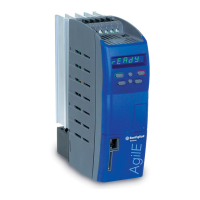
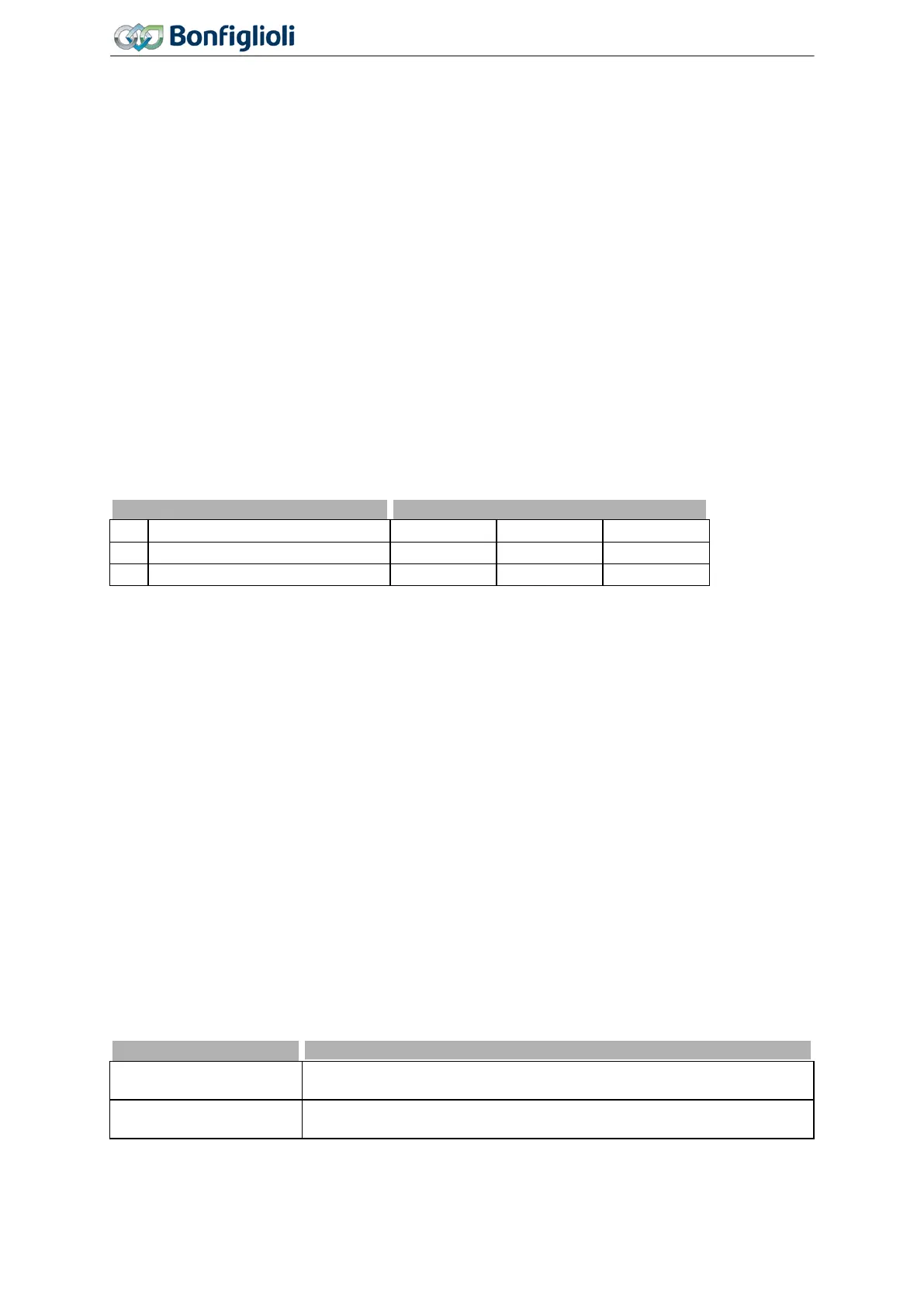